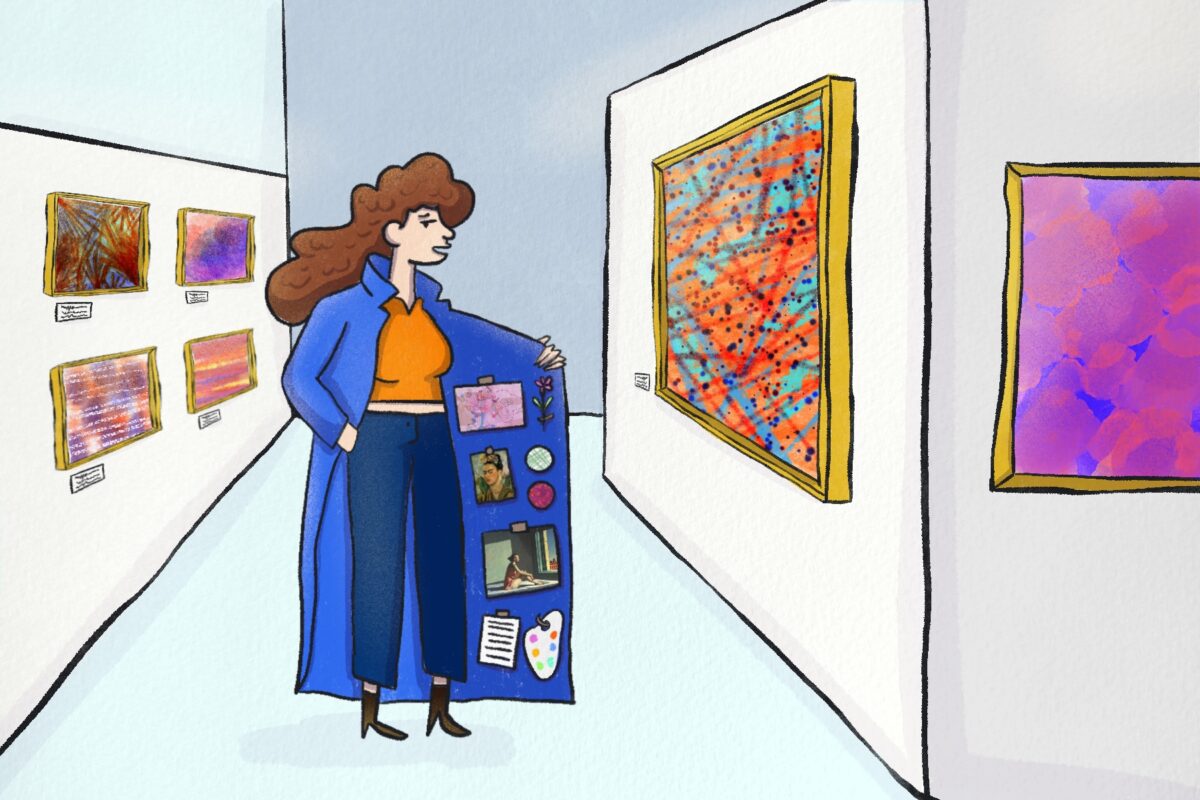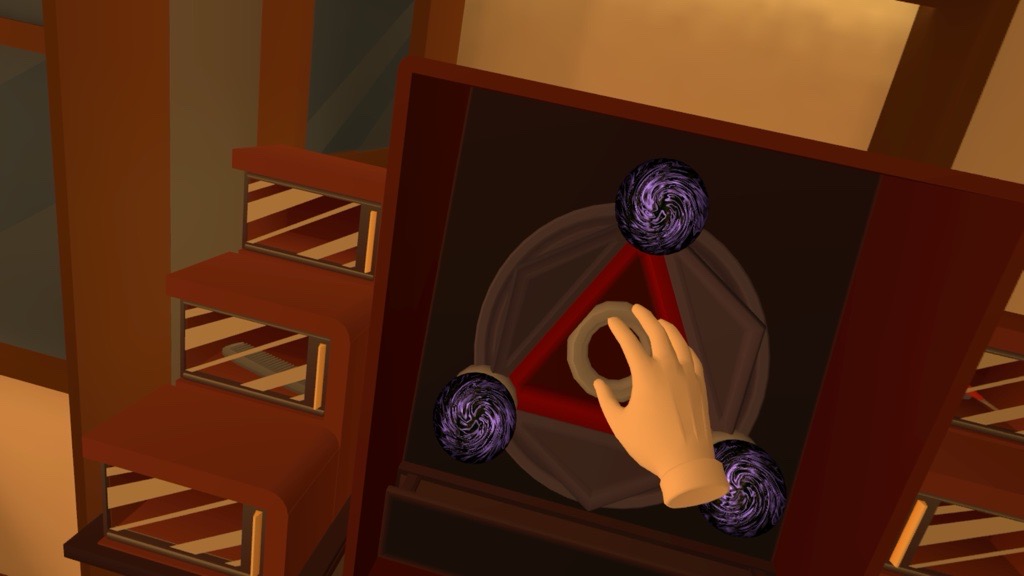No matter what you study in college or which career path you choose, you’ve undoubtedly heard the mantras “think outside the box” or “be disruptive.”
These phrases have become synonymous with innovation and creativity which are essential traits in a competitive job market crowded with endless choices for consumers. But what if you don’t consider yourself a “creative” person?
Is creativity an innate talent, a divine gift? Well, not exactly. Like any other skill, it can be developed (or even stolen).
Steal Like an Artist – 10 Things Nobody Told You About Being Creative by Austin Kleon was first published in 2012 and quickly landed on the New York Times bestseller list.
Eventually, the success lead to the creation of a series on creativity: Show Your Work! – 10 Ways to Share Your Creativity and Get Discovered, Keep Going – 10 Ways to Stay Creative in Good Times and Bad, and even The Steal Like an Artist Journal – A Notebook for Creative Kleptomaniacs.
The first book in the series guides readers through ten basic principles to boost creativity. Each chapter dives deep into one principle, unpacking it with explanations and practical exercises to weave into daily life.
Kleon argues that staying connected to what inspires you is key, because creativity thrives on “stealing” the influences that resonate with your unique worldview.
The book challenges the myth that groundbreaking ideas emerge purely from supernatural flashes of genius. Instead, it highlights how creativity—a topic explored by poets and philosophers for centuries—stems from a remix of ideas and references.
True originality comes from the creator’s singular perspective: the alchemy of reshaping “stolen” concepts through their own experiences.
As Kleon puts it, good thieves “drink” from their inspirations, then transform those ideas through their own lens. This creative “theft” isn’t about plagiarism or copy; it’s about building upon what moves you.
“You’re only going to be as good as the stuff you surround yourself with. […] Your job is to collect good ideas. The more good ideas you collect, the more you can choose from to be influenced by.”
A deliberate contrast to the passive scrolling of social media, where we consume content without absorbing it. He invites readers to engage genuinely with inspiration, beyond digital detachment. Throughout the chapters, a central theme emerges: creativity demands not just collection, but action.
The book frames creativity as a muscle: it needs nourishment (references, reading, observation, even boredom) and exertion (taking risks and doing the “heavy lifting” of creation).
Computers are convenient, Kleon admits, but for creative work, you need to find a way to bring your body into your work.
With its playful tone, whimsical illustrations, diagrams, and photos, Steal Like an Artist feels like a cozy, inviting workshop.
By the end of the 10 chapters—packed with references, quotes, and actionable checklists—readers walk away equipped (and energized) to continue their creative journey.


